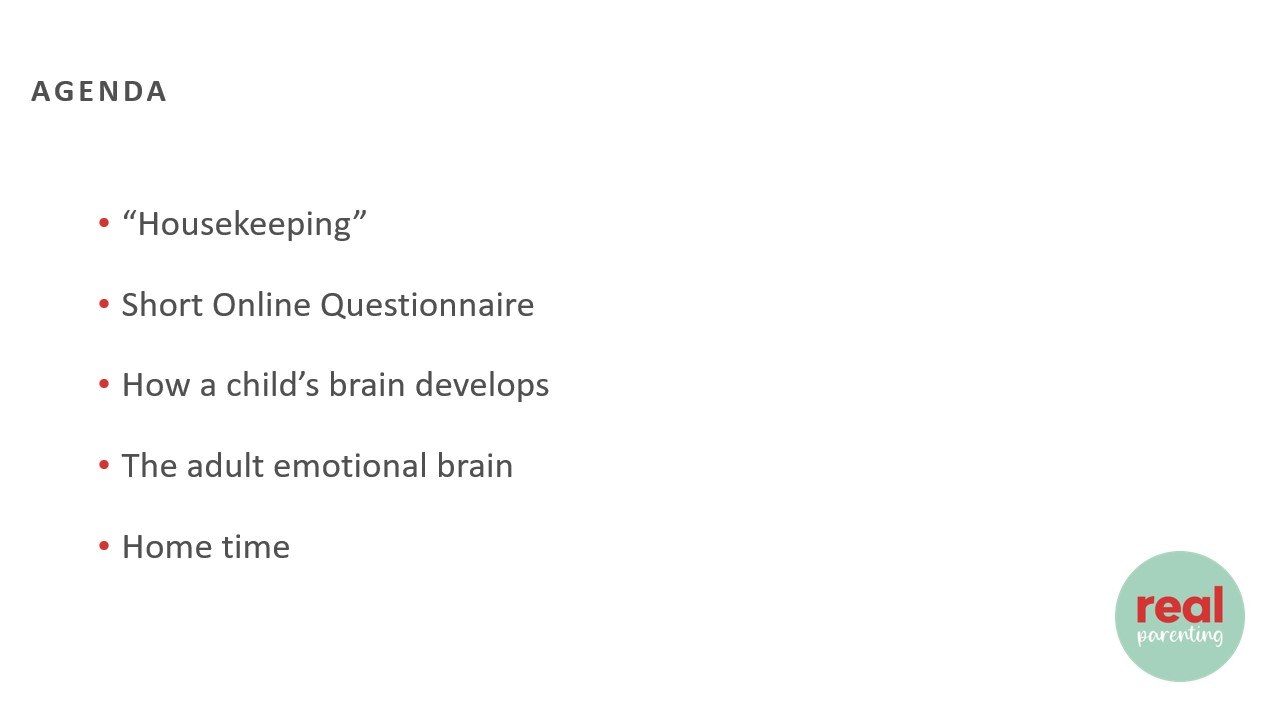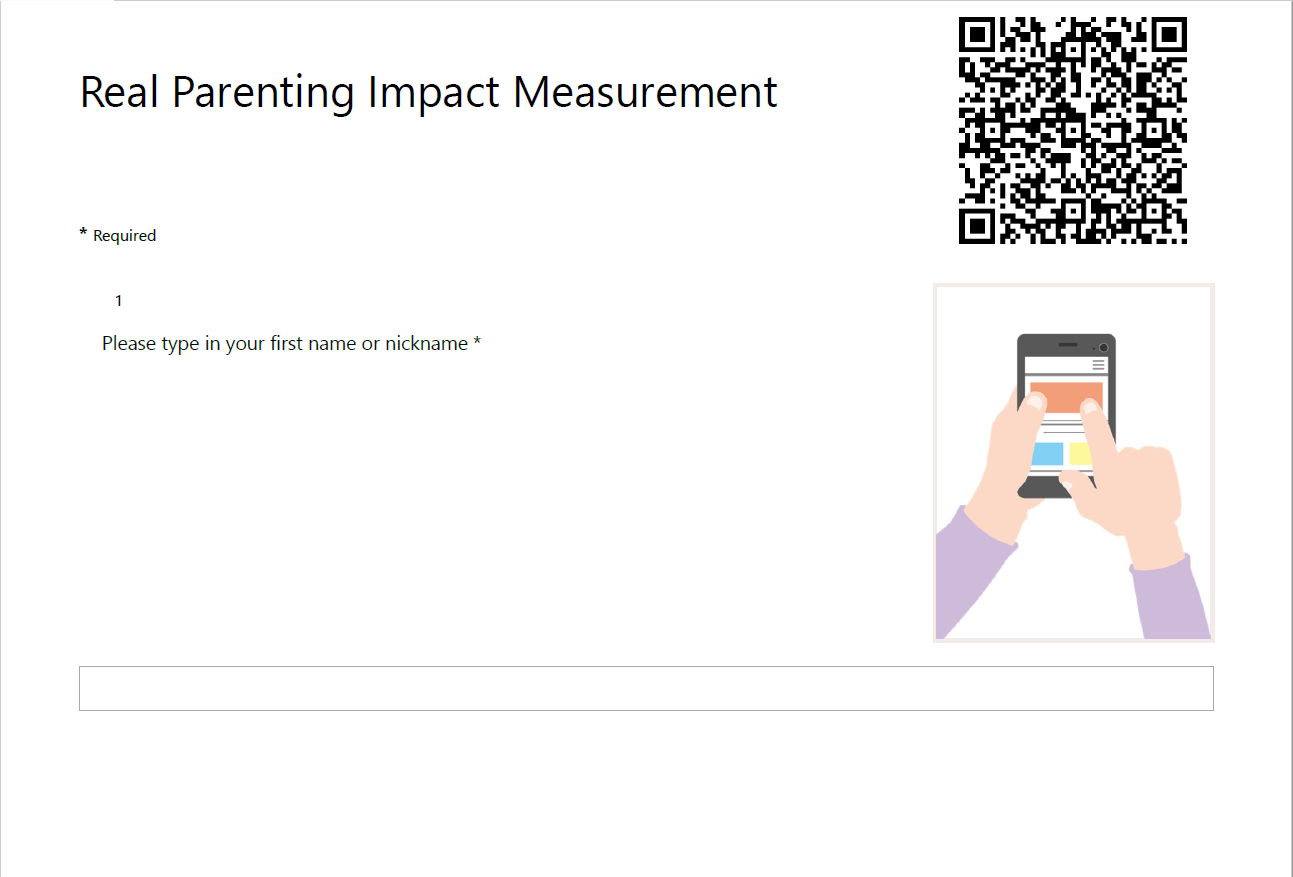Week 1 Attachment 8 week course

How Children Think
Parents often come to Spurgeons with problems about their childrens’ behaviour; and they want to have those problems solved straight away.
However we start by building the relationship between the parents and child(ren) before going on to tackle the behavioural issues.
This week we’ll start by looking at how a child’s brain develops, and how children think and feel, and why they so often don’t respond to what you tell them. This will help parents and carers to understand not just how to parent, but why.
The most valuable thing a child seeks is the time and attention of their parents. So we start the course with looking at why this is so important, and how parents can best meet that need prior to tackling difficult behaviour.
7:30 Welcome & Agenda
7:40 Impact Questionnaire
Ask them to fill in the “start of course” questionnaire online. A printed version can be downloaded from here. We’ll rerun the questionnaire at the end of the course to help us to understand how much the course has helped them, and to identify if there are areas where the material can be improve. You can access the questionnaire by scanning the QR code below.

7:50 Video: How a Child’s Brain Develops
7:55 Video:
Demonstrating The Adult Emotional Brain
This is a very popular car advert. You can play this video or any other car advert that you think demonstrates the point that adverts do not use words to appeal to the logical part of our brains but instead use imagery and sound to appeal to the part of our brain where we make decisions – the limbic system.
8:00 Discussion About the Emotional Brain
After the advert ask them these questions as a group and ask how did they “get” these messages:
- How much of the advert is about the features of the car?
- How do you think the advert is meant to make us feel?
- Why does the manufacturer want us to feel that way?
Before the break ask if they can think of other ways we adults also make decisions about our behaviour with the non-logical part of the brain. How much more for children!
8:15 Wrap up and Goodbye
Explain that next week we shall start to look at how to build secure attachment with our child using one to one time.




